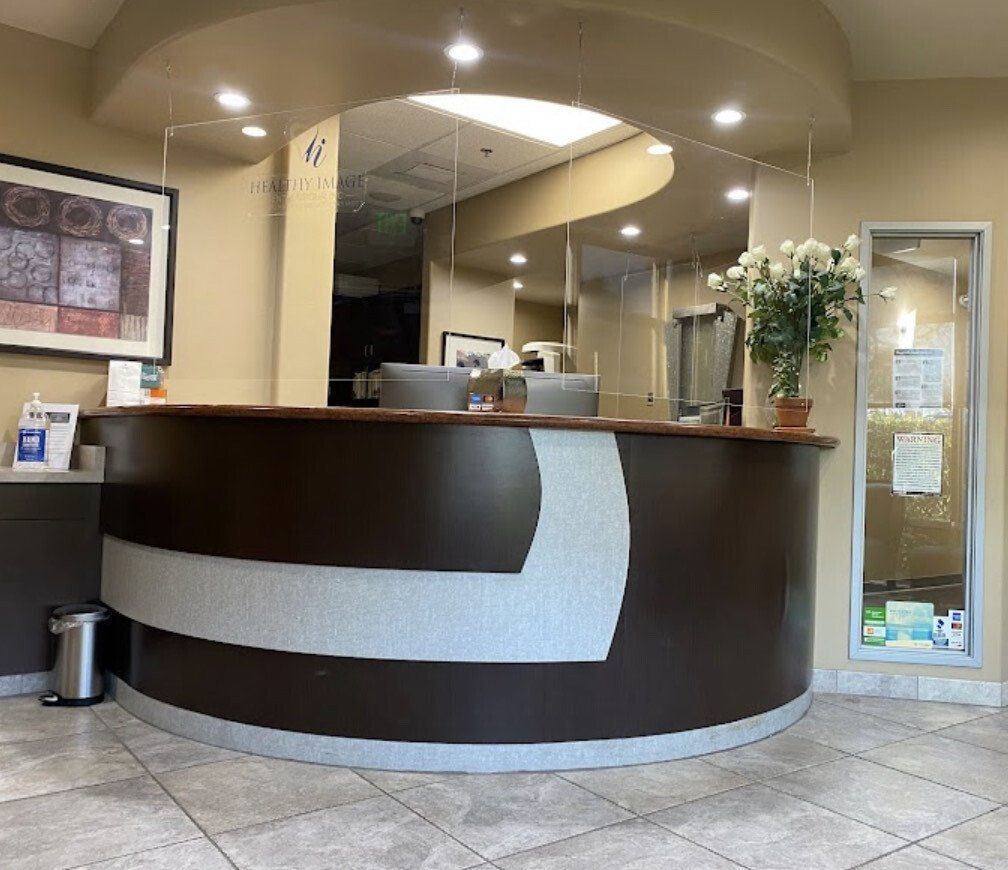The Pros and Cons of Dental Crowns
- By Dr. Sindy F.
- •
- 09 Jan, 2018
Preserving Tooth Structure
Future Prognosis
Types of Dental Crowns
CEREC Crowns: The biggest advantage to CEREC crowns is that they can be created and placed in a single appointment. Your dentist will take digital impressions, rather than old-fashioned gooey impressions in a tray, and use 3-D computer aided design (CAD) technology to mill your new crown from porcelain right in the office. Your tooth is prepared and your final crown placed all in the same day. Porcelain is a durable and aesthetic material, but may be subject to chipping from the forces of the opposing teeth.
All Porcelain Crowns: Lab-created all porcelain crowns are extremely similar to CEREC crowns, but are not made in the dentist’s office. They are sometimes considered more aesthetically pleasing than CEREC crowns, because human artisans perform techniques that are not possible with computer technology. However, you will have to undergo traditional impressions and wear a temporary crown for several days while your new crown is made.
Porcelain on Metal Crowns: Porcelain on metal crowns are sometimes considered the optimal blend of aesthetics and functionality. The metal understructure provides additional strength and durability, while the porcelain outer layer blends with the natural teeth. However, these crowns can display a dark line at the gums, where the metal shows through. These crowns also require more tooth structure to be removed.
All Metal Crowns: Cost effective and highly durable, all metal crowns are an excellent choice for back teeth, which must undergo high chewing forces. They typically require less tooth structure to be removed than other types of crowns, and aren’t as hard on the surrounding teeth. However, they are not a good option for front teeth unless you happen to prefer their distinctive look.
Dental crowns are an extremely popular option, and they are the right choice for many people. Like anything else, though, they are not right for everyone. Those with badly failing teeth may prefer a more drastic option, such as tooth extraction and replacement. Those with multiple damaged teeth may prefer dental bridges, which can be less expensive than individual crowns. If you do choose crowns, you will need to select the type of crown that best meets your individual needs, goals, and budget. What to do about troublesome teeth is a major decision that should be undertaken only with a great deal of thought and consideration between you and your dentist.
*CLOSED FOR LUNCH
12:00 PM - 1:00 PM
916.786.6431
| HOURS OF | OPERATION |
|---|---|
| Monday | 8:00 am - 5:00 pm |
| Tuesday | 8:00 am - 5:00 pm |
| Wednesday | 8:00 am - 5:00 pm |
| Thursday | 8:00 am - 5:00 pm |
| Friday | APPOINTMENT ONLY |
| Saturday | CLOSED |
| Sunday | CLOSED |

OUR LOCATION
576 N. Sunrise Ave Suite 140 Roseville, CA 95661
Healthy Image Dental Group, Inc.
576 North Sunrise Avenue Suite 140
Roseville, CA 95661
Office (916) 786.6431
Email: healthyimagedentalgroup@gmail.com
Copyright ©2024 Healthy Image Dental Group, Inc. All Rights Reserved. Designed by Beautiful Site Designz
